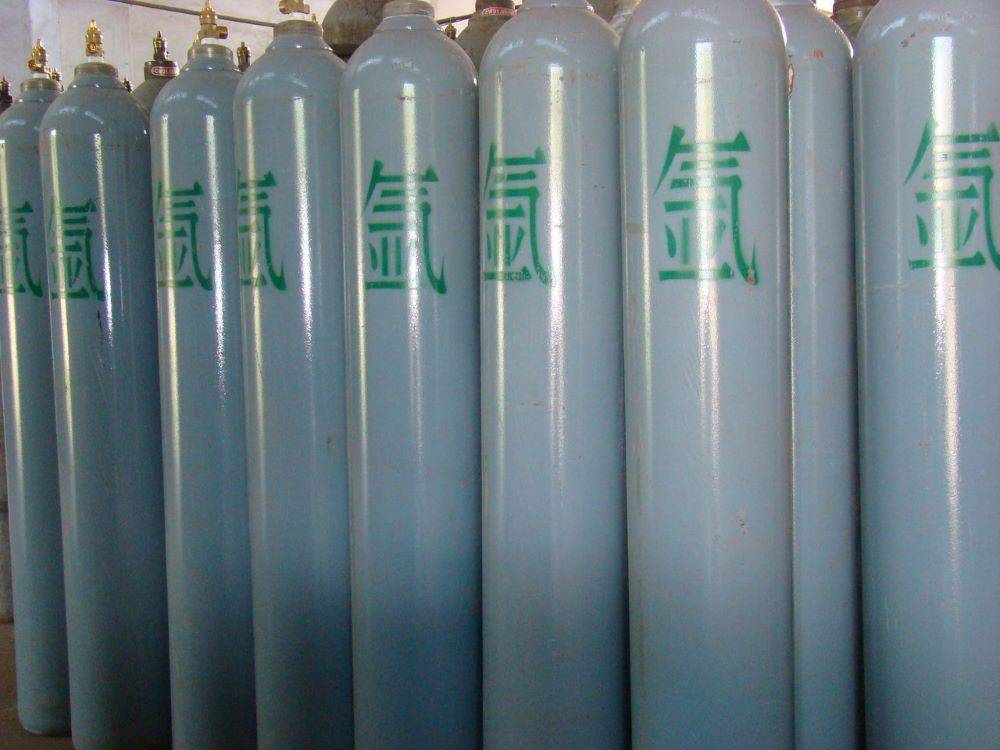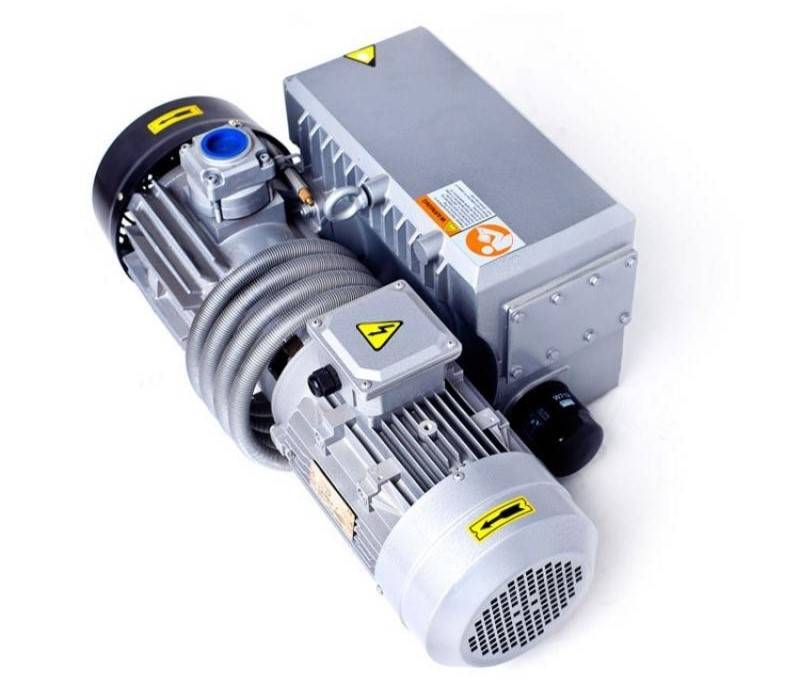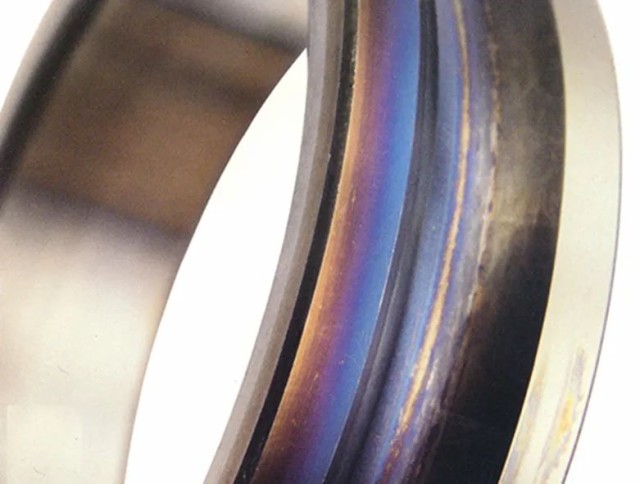Leak Detection in Vacuum Furnaces
Methods for Leak Detection
In the realm of vacuum furnace maintenance, leak detection is a critical process that ensures the integrity and efficiency of the system. Two predominant methods are employed for this purpose: the blowing method and the suction nozzle method.
The blowing method involves a meticulous procedure where the furnace chamber is first evacuated to create a vacuum. Once the chamber is sufficiently empty of air, helium gas is introduced from the exterior. Helium, being a small and non-reactive gas, can easily penetrate through minute leaks, allowing for precise detection. This method is particularly effective for identifying leaks in systems that can be fully evacuated, providing a comprehensive assessment of the furnace's airtightness.
On the other hand, the suction nozzle method is tailored for scenarios where the test object cannot be evacuated. This method involves using a specialized nozzle that creates a local vacuum at the suspected leak site. By applying this localized suction, any leaks will draw in the surrounding air, which can then be detected and analyzed. This technique is invaluable for systems where complete evacuation is impractical or impossible, offering a flexible solution for leak detection in various operational contexts.
Both methods are essential tools in the arsenal of vacuum furnace maintenance, each catering to different operational requirements and constraints.
Inert Gas Leak Detection
Leak detection of inert gases is a critical aspect of maintaining the integrity of vacuum furnace systems. Two primary methods are commonly employed for this purpose: film (soap bubble) leak detection and vacuum leak detection.
Film (soap bubble) leak detection is a straightforward and rapid method, particularly effective for high-pressure inert gas leaks. This technique involves applying a leak-indicating liquid to suspected areas. If bubbles form, it indicates the presence of a leak. This method is particularly useful for quick, visual confirmation of leaks.
Vacuum leak detection, on the other hand, offers a more precise approach. This method involves isolating the liquid nitrogen or liquid argon storage system from the vacuum furnace, ensuring the entire system is in a vacuum state. A helium mass spectrometer is then used to detect any leaks within the system. This process requires several steps:
-
Isolation and Evacuation: The external gas valve is closed to disconnect the external liquid gas system from the evaporator. The storage tank, vacuum furnace, and all supporting pressure reduction and recharge piping are then evacuated using the vacuum furnace's extraction system.
-
Depressurization: The recharged storage tank is depressurized, and the recharge valve on the furnace body is manually opened, a procedure that should be carried out by experienced experts in accordance with safety regulations.
-
Vacuum State: Once the backfill valve is opened and the backfill tank is depressurized to atmospheric pressure, the vacuum furnace begins to remove gas from the lines. This process continues until the entire system reaches a vacuum state.
-
Leak Testing: The system is then tested for leaks using a helium mass spectrometer, providing accurate detection of any breaches in the system.
These methods ensure that inert gas leaks are identified and addressed promptly, maintaining the efficiency and safety of vacuum furnace operations.

Evacuation Issues in Vacuum Furnaces
Common Causes of Poor Evacuation
If your vacuum furnace is not evacuating effectively, it is crucial to systematically assess the mechanical pumping system, focusing on its functionality and sealing integrity. Several potential issues could be at play, each requiring a specific diagnostic approach.
First, inspect the door seals for any signs of damage or wear. Damaged door seals can significantly compromise the vacuum integrity, leading to poor evacuation. Leaks in the furnace structure itself are another common culprit. These can be challenging to detect but are critical to address. Common leak detection methods include the blowing method, which involves evacuating the furnace chamber and applying helium gas outside the furnace, and the suction nozzle method, which is suitable for situations where the test object cannot be evacuated.
Additionally, contamination in the high temperature zone can impede evacuation. Contaminants can originate from various sources, including residual materials from previous processes or environmental factors. Regular maintenance and thorough cleaning of the high temperature zone can help mitigate this issue.
In summary, addressing poor evacuation in a vacuum furnace involves a multi-faceted approach, including checking for damaged seals, detecting and fixing leaks, and ensuring the high temperature zone is free from contamination.
Excessive Gas Release in Vacuum Furnaces
Determining the Cause of Excessive Gas Release
Excessive gas release within a vacuum furnace can stem from a variety of sources, each requiring a specific diagnostic approach. Contaminants within the vacuum oven system are a primary culprit, often introduced during maintenance or cleaning processes. These contaminants can significantly impede the system's ability to maintain a proper vacuum, leading to increased gas release.
Another potential cause is changes in the part material or cleaning process. If the materials being processed or the cleaning methods used have been altered, this can introduce new gases or residues that were not previously present. Such changes can disrupt the equilibrium within the furnace, leading to unexpected gas emissions.
Issues with the vacuum pump are also a common source of excessive gas release. The vacuum pump is the heart of the vacuum system, responsible for maintaining the low-pressure environment necessary for operations. If the pump is not functioning optimally, it can fail to remove gases effectively, causing them to accumulate and release in excessive amounts.

To diagnose the issue, start by checking the vacuum pump's performance. This involves inspecting the pump for any signs of wear or damage, ensuring that it is operating within its specified parameters, and verifying that all seals and connections are intact. A thorough evaluation of the pump can help pinpoint whether it is the source of the excessive gas release.
| Potential Cause | Diagnostic Approach |
|---|---|
| Contaminants in the vacuum oven system | Inspect maintenance and cleaning processes, check for foreign materials in the system |
| Changes in part material or process | Review recent changes in materials or cleaning methods, assess their impact on gas release |
| Issues with the vacuum pump | Inspect pump performance, check for wear, damage, and proper sealing |
By systematically evaluating these potential causes, you can effectively determine the root of the excessive gas release and implement the appropriate corrective measures.
Ultimate Vacuum Issues in Vacuum Furnaces
Causes of Poor Ultimate Vacuum
Poor ultimate vacuum in vacuum furnaces can stem from several common issues, including air leaks, gas leaks, abnormal functioning of the evacuation system, and contamination within the hot zone. These factors can collectively hinder the furnace's ability to achieve and maintain the desired vacuum levels, which are crucial for optimal performance and the integrity of the materials processed.
One of the primary indicators of poor ultimate vacuum is a noticeable discoloration of components, often among the first signs observed. This discoloration can be attributed to various contaminants and leaks that compromise the furnace's vacuum integrity. For instance, processes like brazing, sintering, dewaxing, and degreasing are particularly susceptible to vacuum degradation, especially when the furnace temperature exceeds 2,200°F (1,204°C) or a significant portion of the part uses a binder.
To diagnose the root cause of poor ultimate vacuum, a pressure rise rate test is essential. This test helps determine the linear leak rate of the vacuum furnace. If the linear leak rate is found to be out of specification, it indicates that the furnace is leaking, necessitating further leak detection tests. However, if the leak rate is within acceptable limits, the focus should shift to the evacuation system. The evacuation system plays a critical role in maintaining vacuum levels under normal outgassing conditions and in reaching the specified vacuum level efficiently.
In cases where leaks and evacuation system issues are ruled out, contamination in the high-temperature zone becomes a likely culprit. Contaminants such as carbon residues, melted solder paste, and excess brazing alloy can significantly impact the clean-up operation's effectiveness. Adjusting the time, temperature, and pressure parameters according to the known contaminants is crucial for successful clean-up. Regular and thorough clean-up operations help eliminate moisture residues and reduce leakage rates, thereby enhancing the furnace's ultimate vacuum.
Overall, maintaining a clean high-temperature zone is vital for achieving and sustaining optimal vacuum levels, ensuring the furnace operates efficiently and effectively.
Discoloration of Parts in Vacuum Furnaces
Causes and Solutions for Part Discoloration
Part discoloration in vacuum furnaces is a nuanced issue that can signal various underlying problems within the furnace environment. The discoloration spectrum typically spans from yellow to black, each hue providing a distinct clue about the nature and extent of the contamination present.

For instance, yellow discoloration often suggests the presence of light contaminants such as residual air or water vapor, while black discolorations can indicate more severe infiltrations of oil or other heavy contaminants. This gradient of color not only helps in diagnosing the problem but also in gauging the urgency of the necessary corrective actions.
To mitigate discoloration, a multi-faceted approach is recommended. Regular maintenance practices such as thorough cleaning of the furnace chamber are paramount. Additionally, implementing helium leak testing can effectively identify and isolate leaks, ensuring that the internal environment remains uncontaminated. These proactive measures not only prevent discoloration but also enhance the overall efficiency and longevity of the vacuum furnace.
Related Products
- Vacuum Heat Treat and Pressure Sintering Furnace for High Temperature Applications
- Vacuum Heat Treat Sintering Brazing Furnace
- Molybdenum Vacuum Heat Treat Furnace
- Vacuum Hot Press Furnace Machine Heated Vacuum Press
- Lab-Scale Vacuum Induction Melting Furnace
Related Articles
- Comprehensive Guide to Vacuum Hot Press Furnace Application
- How Vacuum Induction Melting Outperforms Traditional Methods in Advanced Alloy Production
- How Vacuum Induction Melting (VIM) Transforms High-Performance Alloy Production
- Exploring the Advanced Capabilities of Spark Plasma Sintering (SPS) Furnaces
- Comprehensive Guide to Spark Plasma Sintering Furnaces: Applications, Features, and Benefits




















